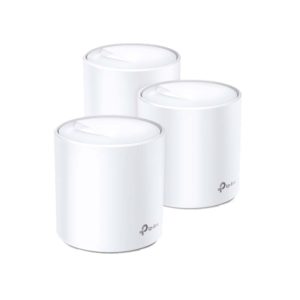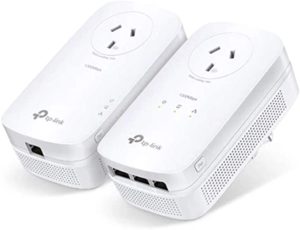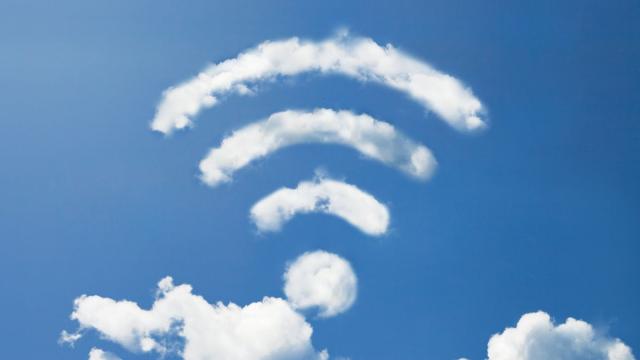There are so many different reasons why parts of your home might be a black hole for WiFi.
For example, I live in an inner-city apartment, and my living room struggles with WiFi because of all the interference from other apartments, and because I just have too many devices. My parents’ place struggles with WiFi because it’s a large, reinforced, semi-underground, apocalypse-ready bunker partially built into a mountain, and the signal can’t get through all the metal and concrete. It has particular problems in the bomb shelter or around the boiler room. Some people just have one particularly solidly build wall at their home. WiFi is weaker than you’d think, and there are so many ways for it to have problems.
If, for whatever reason, you’re having trouble, there are a couple of things you can do.
If you still live in hope for WiFi

Sometimes just using the router that came with your internet plan isn’t enough, particularly if you’ve got a big or difficult place. A Mesh WiFi system, like the Linksys Velop or TP-Link Deco systems is a great solution.
Mesh WiFi is different to using a range extender, because instead of having one primary hub, with little repeaters, it’s having multiple hubs that can talk to each other in whichever order makes the most sense for their placement. So, instead of the WiFi starting off strong in one spot, and then getting progressively weaker with each extender, it just stays strong.
It’s also got a much more simplified set up system, which may irritate the nerdier among us. A lot of the mesh system is automatic and you can’t do things like manually change channels. But if you just want good WiFi that you don’t actually have to fiddle with, this is a great option.
If you’ve given up on WiFi

If your issue is more localised, like you’re able to get WiFi in most of the key areas but your TV’s connection is spotty, or it works everywhere except the study nook, a powerline adapter is a good solution.
A powerline adapter, as the name suggests, uses the power wires in your walls to transmit your internet connection. It’s like you’re plugged directly into the modem using ethernet.
It’s an easy two-step process:
- You plug one adapter into the wall near your modem and connect to the modem with an ethernet cable.
- Then you put the other powerline adapter into a socket near whatever device you’re wanting to connect to the internet, and then connect that via ethernet to the plug.
Bingo, now you have solid internet without having to run a ridiculously long ethernet cable that you could trip over.
You can connect up to 10 adapters in your home, and while the old style used to just have one output, newer ones, like the TP-Link AV1300, have three handy outputs. And don’t worry about giving up a valuable power point — most powerline adapters have an integrated power socket, so you don’t miss out on anything.
This article was originally published in October 2020.

Leave a Reply
You must be logged in to post a comment.